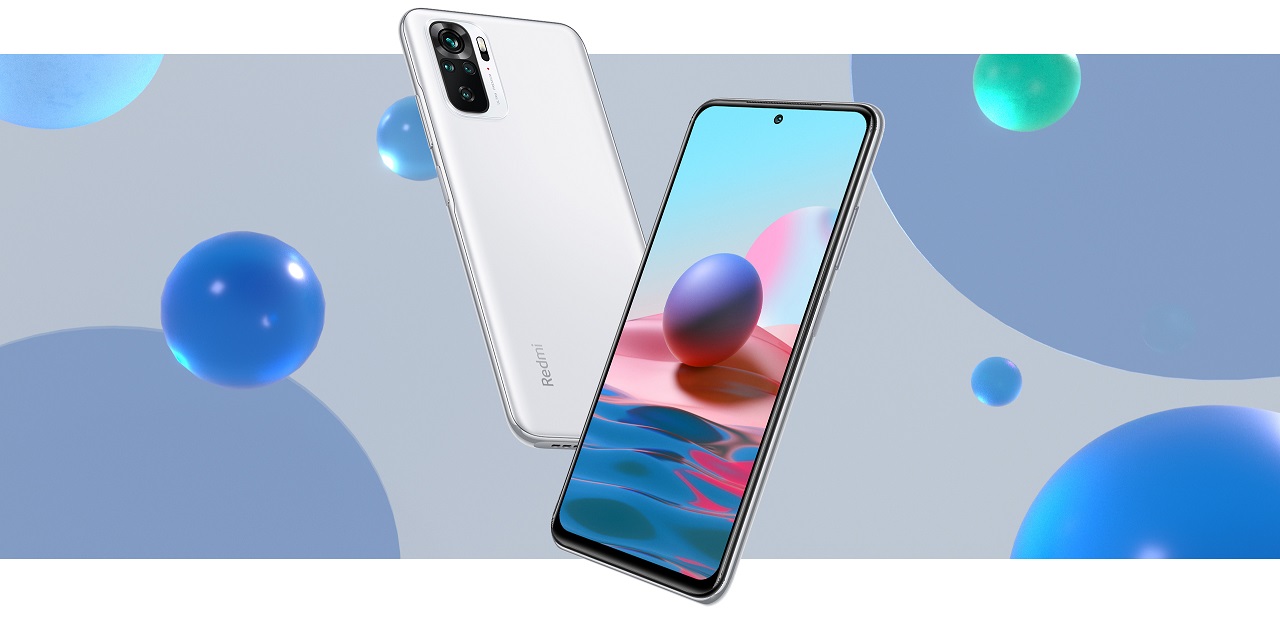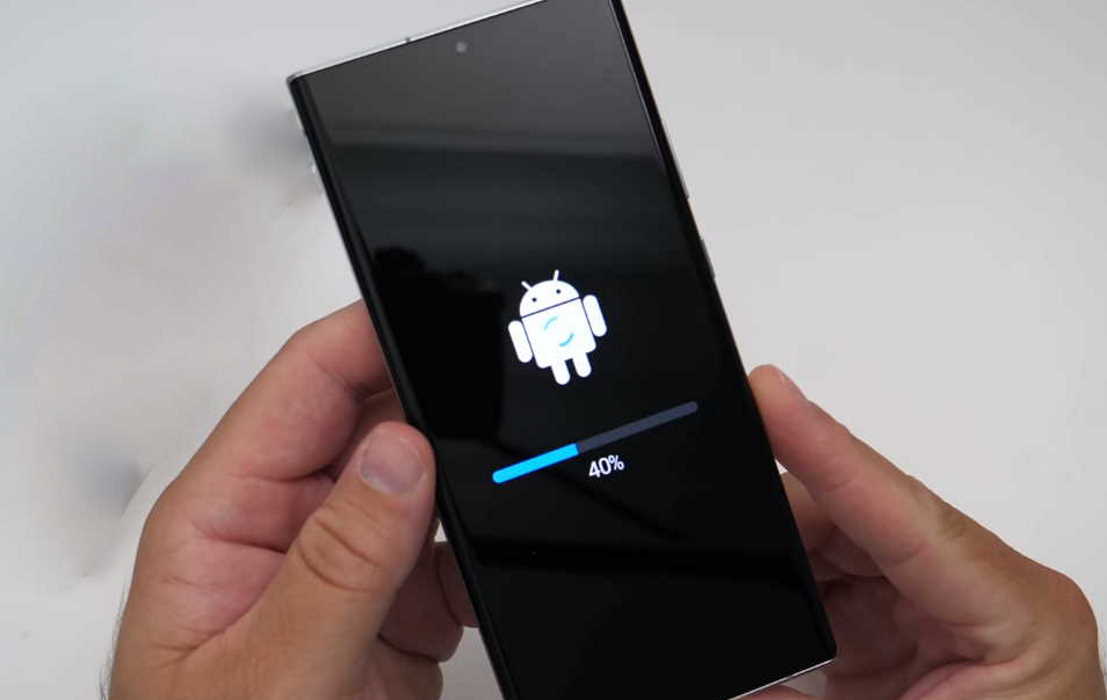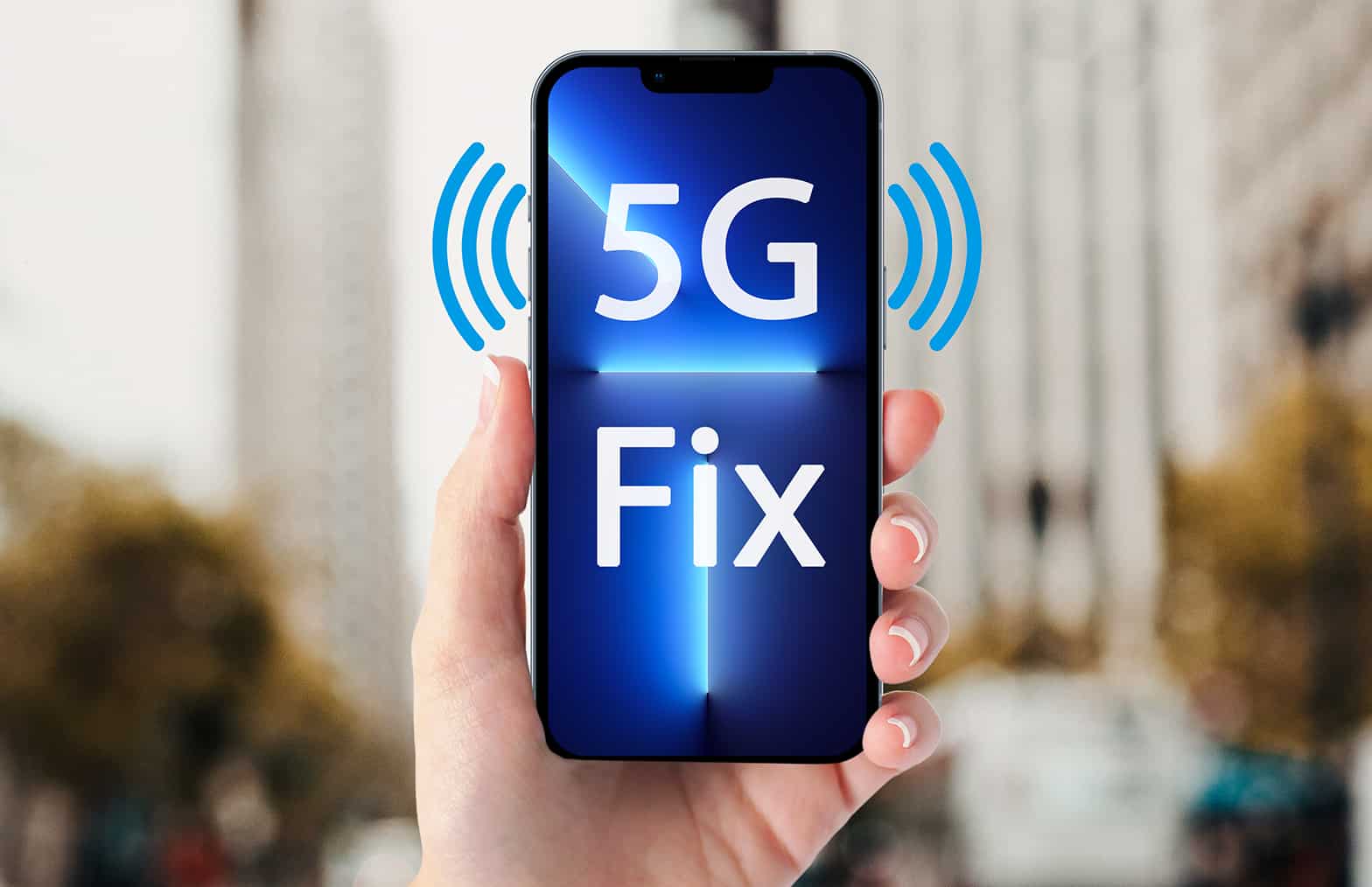This tutorial walks you through how to control which permissions applications on the Galaxy S9 and Galaxy S9+ have access to.
To keep your sensitive data safe, Android has a way to lock off access to specific areas. For example, data in your contact list is not something you want all applications to have access to. The same can be said about your location data as well. Android realizes this and it’s why the OS locks that data behind specific permissions.
Thankfully though, Android now has a granular permission system so we can go through and control which permissions our apps have access to.
This used to be a major problem before the granular permissions feature was implemented. A big example here is the popular flashlight applications that can be found in the Play Store. To function as a flashlight, these applications don’t need access to any of the Galaxy S9 app permissions. However, many of them required access to things like location data or they wouldn’t work at all. These apps only use location data to sell to 3rd-party companies and it’s rare to find someone who is okay with that.
So today I’ll be showing you how to control the Galaxy S9+ and Galaxy S9 app permissions.
Control Galaxy S9 App Permissions Tutorial
- Open up the Settings application
- Then tap on the Apps option
- Now look for any suspected applications
- Tap on that application in the list
- Then tap the Permissions option
- And approve or deny any permissions you do not want that application to have access to
or
- Open up the Settings application
- Then tap on the Apps option
- Tap the 3-dot menu icon at the top right
- And tap the App Permissions option
- Now select a particular permission you are curious about
- And approve or deny which applications have access to said permission
Explanation
Android really has come a long way when it comes to the permissions that applications have access to. A lot of people were attracted to Android in the first place because of how much access our 3rd-party apps had. It took Apple years to implement 3rd-party keyboard applications. Yet they still haven’t figured out a way to do the same for the home screen like Android has with custom launchers. Still, we knew that there was a better way Android could handle sensitive permissions.
Before, applications would either be granted all the permissions that they asked for or they simply would not work. That is still the case for some apps whose developer isn’t evolving with the times. For the most part though, you can approve which Galaxy S9 app permissions are allowed and which are denied. Now, you can’t expect a camera application to work after you have revoked its access to the camera. And you may not realize exactly why an application needs access to a certain permission.

So that is something that you should be aware of when tinkering with Galaxy S9 app permissions. To start here, we want to open up the Settings application and then tap on the Apps option. Then we can immediately begin searching for an application we’re curious about. My example in the video above was Google Drive but yours could be a game, flashlight app, or anything else. You will then be shown which permissions that app has access to. In my case, Google Drive had access to my camera and my storage.
It made sense for Google Drive to have access to my storage so I left things that way. I didn’t see any reason why Google Drive would have access to my camera though so I tapped the toggle and disabled that. Alternatively, you could tap the 3-dot menu icon at the top right and then tap the App Permissions option. Instead of listing all of the apps you have installed, this will list all of the permissions for your Galaxy S9 or Galaxy S9+. So you can tap the Location permission and see which apps have access to it.
From here, you can also approve or deny which applications have access to your location data as well.





